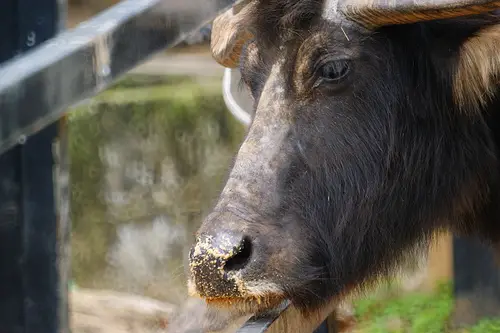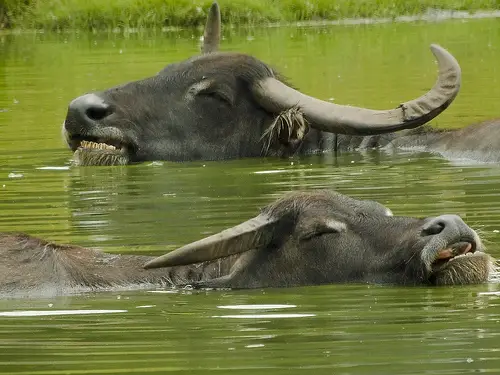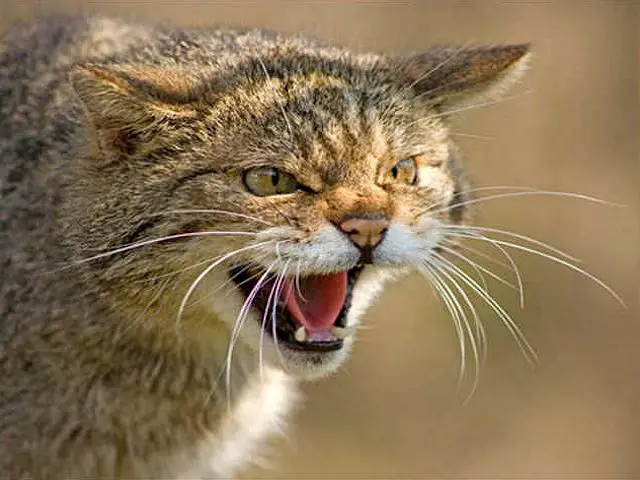Water Buffalo
The Water Buffalo, also known as a domestic Asian Water Buffalo, is a huge bovine animal similar to a yak, bison, or African Buffalo. It is frequently bred as livestock in Southern Asia and South America, however it is estimated that about 97% of the world’s water buffalo population are in Asia.
At present, it is believed that the wild water buffalo is currently an endangered species. They live in a small number in a protected zone across India, Nepal, Bhutan, and in a wildlife reserve in Thailand. In South East Asia, wild water buffalos are classified as a threatened or an endangered species as they are legally hunted in this part of the world due to their previously large numbers. The total number of wild water buffalo in South East Asia is estimated to be less than 4,000 and this number is sadly continuing into decline of at least 20% within a 14 year time span.
Wild water buffalo are dangerous mammals with a sparse gray-black coat and are about 5 to 6.2 feet tall. Males carry huge backward-curving, crescent-shaped horns that stretch almost up to 5 feet long. Adult water buffalos can weigh about 400 to 900 kilograms if they are bred for livestock, whereas wild adult water buffalos weigh up to 1,200 kilograms. Meanwhile females are smaller in size and weight and this also reflects in the size of their horns.
Water buffalos like to spend their day by submerging themselves into muddy waters. They have wide splayed feet that can prevent them from sinking deep into the mud as their feet enables them able to move about in both swampy and muddy land. These wetlands provide them with good cover and rich aquatic plants though they prefer grass and herbs.
The behaviour of the water buffalo is different when compared to cattle. For example, all water buffalos are not trained to drive. Instead the herdsman must walk ahead them or alongside and they will follow naturally. They also tend to rub against trees more often, which sometimes causes weaker trees to fall on them.
Females usually reproduce calves every other year, after a gap of approximately 9 to 11 months. Their calves generally remain within their maternal herds of about 30 buffalos, for at least three years after birth. Thereafter, they go on to form their own small all male herds.
The water buffalo has been breed for more than 5,000 years and have become economically important to humans. Apart from that, their dung is used as fertilizer for farms and sometimes as a fuel when dried. They supply more than 5% of the world’s milk supply. Milk from water buffalo is used by human populations for cheese, curd, and sometimes used for yogurt. Water buffalo meat is also one of India’s major export revenue sources. The water buffalo’s horns are normally used for the embouchure of musical instruments such as Kaval and Ney. Meanwhile, its hide provides solid and useful leather, which is commonly used in shoes and in motorcycle helmets.




